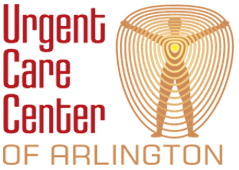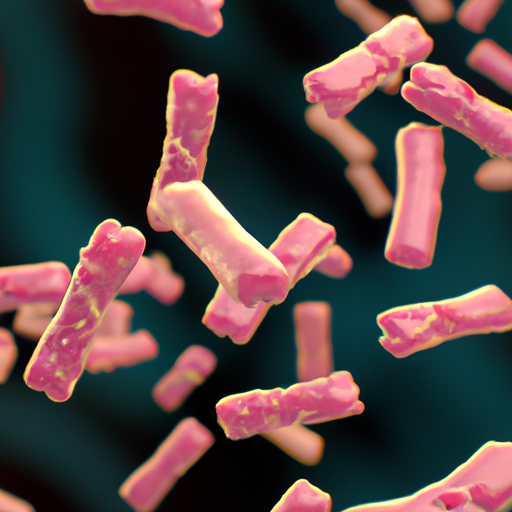Stiff-Man Syndrome, also known as Stiff-Person Syndrome (SPS), is a rare neurological disorder characterized by muscle stiffness, spasms, rigidity, difficulty walking, muscle pain, anxiety, depression, respiratory impairment, and impaired vision. This debilitating condition affects the central nervous system, specifically the brain and spinal cord, leading to a range of physical and psychological symptoms. Understanding the causes, symptoms, and potential treatments for Stiff-Man Syndrome is crucial for both patients and healthcare professionals.
The Causes of Stiff-Man Syndrome
The exact cause of Stiff-Man Syndrome remains unknown, but researchers believe it is an autoimmune disorder. In autoimmune diseases, the immune system mistakenly attacks healthy cells and tissues. In the case of Stiff-Man Syndrome, the immune system targets the cells responsible for producing a neurotransmitter called gamma-aminobutyric acid (GABA), which plays a crucial role in regulating muscle tone.
It is believed that certain triggers, such as infections or physical trauma, may initiate the autoimmune response in individuals predisposed to Stiff-Man Syndrome. Genetic factors may also play a role, as the condition has been observed to run in families.
The Symptoms of Stiff-Man Syndrome
Muscle Stiffness, Spasms, and Rigidity
One of the hallmark symptoms of Stiff-Man Syndrome is muscle stiffness, which can affect various parts of the body. This stiffness often leads to muscle spasms and rigidity, making it difficult for individuals to move freely. The muscles may feel constantly tense and resistant to relaxation, causing significant discomfort and impairing daily activities.
Difficulty Walking
Stiff-Man Syndrome can severely impact an individual’s ability to walk. The stiffness and rigidity in the leg muscles make it challenging to take normal steps, leading to a stiff-legged gait. This difficulty in walking can significantly reduce mobility and independence.
Muscle Pain
The constant muscle stiffness and spasms experienced by individuals with Stiff-Man Syndrome often result in muscle pain. This pain can range from mild to severe and may be present in multiple areas of the body. Managing this pain is an essential aspect of the overall treatment plan.
Anxiety and Depression
Living with a chronic and debilitating condition like Stiff-Man Syndrome can take a toll on an individual’s mental health. Many patients experience anxiety and depression as a result of the physical limitations and the impact on their quality of life. It is crucial for healthcare professionals to address these psychological symptoms and provide appropriate support.
Respiratory Impairment
In some cases, Stiff-Man Syndrome can affect the muscles involved in breathing, leading to respiratory impairment. This can result in shortness of breath, difficulty breathing, and reduced lung function. Close monitoring of respiratory function is necessary to ensure early intervention if any complications arise.
Impaired Vision
Stiff-Man Syndrome can also affect vision in some individuals. Blurred vision, double vision, or other visual disturbances may occur due to the involvement of the central nervous system. Regular eye examinations are essential to detect and manage any visual impairments.
Treatment Options for Stiff-Man Syndrome
While there is no known cure for Stiff-Man Syndrome, various treatment options can help manage the symptoms and improve the quality of life for individuals with this condition. The treatment plan is typically tailored to the specific needs of each patient and may involve a combination of the following:
- Medications: Certain medications, such as muscle relaxants and anti-anxiety drugs, can help alleviate muscle stiffness, spasms, and anxiety symptoms.
- Physical Therapy: Working with a physical therapist can help improve mobility, reduce muscle stiffness, and enhance overall strength and flexibility.
- Psychological Support: Therapy and counseling can be beneficial for individuals with Stiff-Man Syndrome, helping them cope with the emotional challenges associated with the condition.
- Pain Management: Various pain management techniques, including medications, heat therapy, and relaxation techniques, can help individuals manage the muscle pain associated with Stiff-Man Syndrome.
- Assistive Devices: The use of assistive devices, such as canes or walkers, can provide support and improve mobility for individuals with difficulty walking.
It is important for individuals with Stiff-Man Syndrome to work closely with a healthcare team to develop a comprehensive treatment plan that addresses their specific needs and goals.
In conclusion, Stiff-Man Syndrome is a rare neurological disorder characterized by muscle stiffness, spasms, rigidity, difficulty walking, muscle pain, anxiety, depression, respiratory impairment, and impaired vision. While the exact cause remains unknown, it is believed to be an autoimmune disorder. Managing the symptoms and improving the quality of life for individuals with Stiff-Man Syndrome requires a multidisciplinary approach, including medications, physical therapy, psychological support, pain management, and the use of assistive devices. By understanding the causes, symptoms, and available treatment options, individuals with Stiff-Man Syndrome can work towards managing their condition and improving their overall well-being.








